Rome eBike Tour Through Via Appia Antica GetYourGuide

Via Appia Antica Appian way, Rome, Roman roads
Now the Appian Way is in length a journey of five days for an unencumbered traveller; for it extends from Rome to Capua. And the breadth of this road is such that two waggons going in opposite directions can pass one another, and it is one of the noteworthy sights of the world.. Rome, Via Appia, Relief of P. Aiedius Amphio and Aiedia. Rome.

Start of the Via Appia (Appian Way). Appian way, Walking tour, Rome
TWO WAY Fashion Brand: design innovativo, stile esclusivo, capi 100% Made in Italy. Abbigliamento donna dal look sempre attuale.

The Appian Way Via Appia, Italy
Above ground, the Appian Way is one of the marvels of the Roman Empire. Stretching 560 kilometers from Rome to Brindisi, Via Appia was built in 312 B.C.E, and conceived and named for the wealthy.
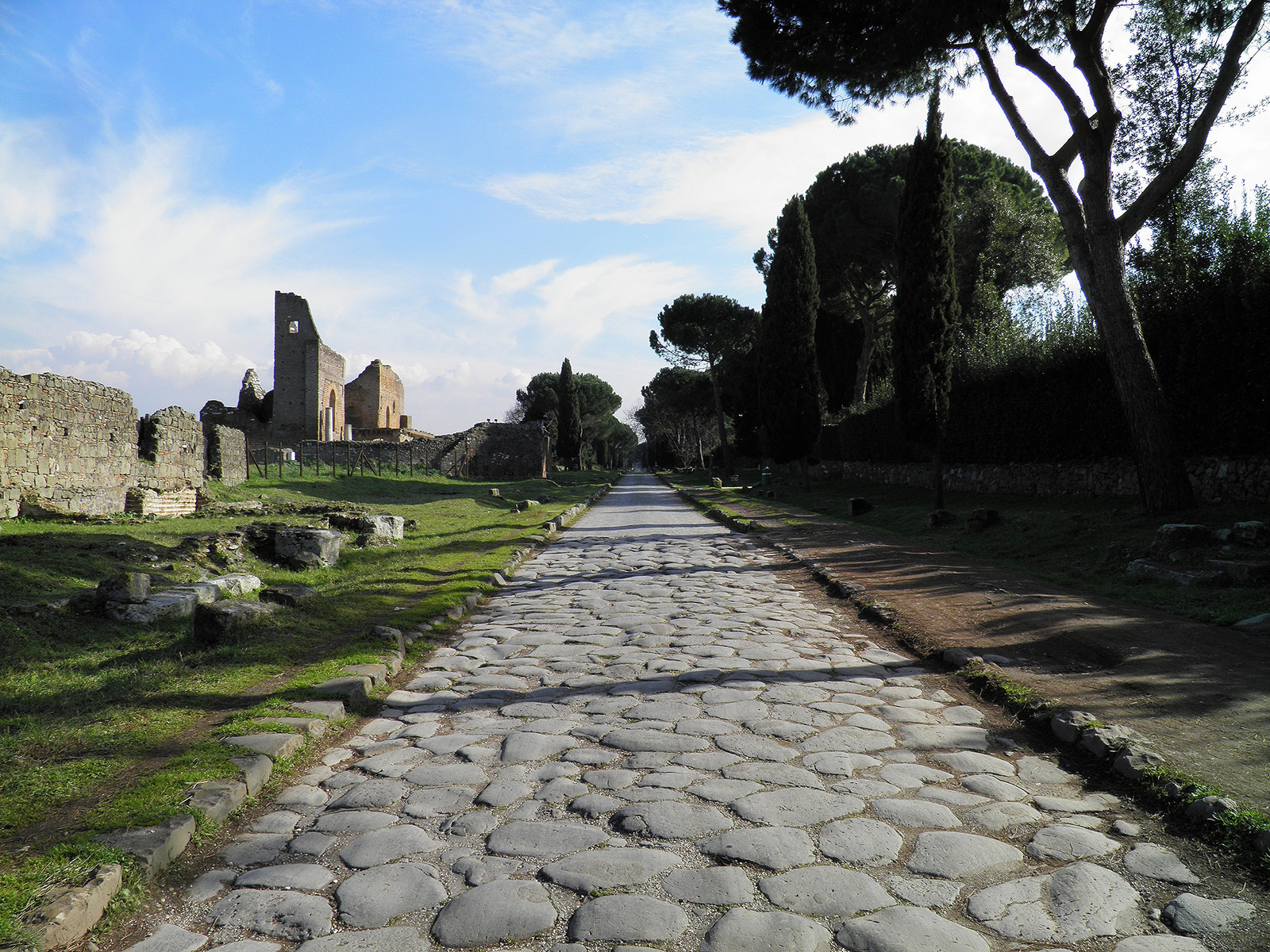
Via Appia (Illustration) World History Encyclopedia
Latin: Via Appia Roman tombs lining the Appian Way Remains of Roman tombs lining the Appian Way (begun 312 BC), Rome. Appian Way, the first and most famous of the ancient Roman roads, running from Rome to Campania and southern Italy. The Appian Way was begun in 312 bce by the censor Appius Claudius Caecus.

Rome eBike Tour Through Via Appia Antica GetYourGuide
The origins of the Appian Way (Via Appia Antica) The Appian Way was created in 312 BC at the request the censor (= Roman magistrate) Appius Claudius Caecus, after whom it was named. Originally linking Rome to Capua (in Campania), the Appian Way was gradually extended and eventually reached Brindisi, in Apulia (in the heel of the Italian boot).
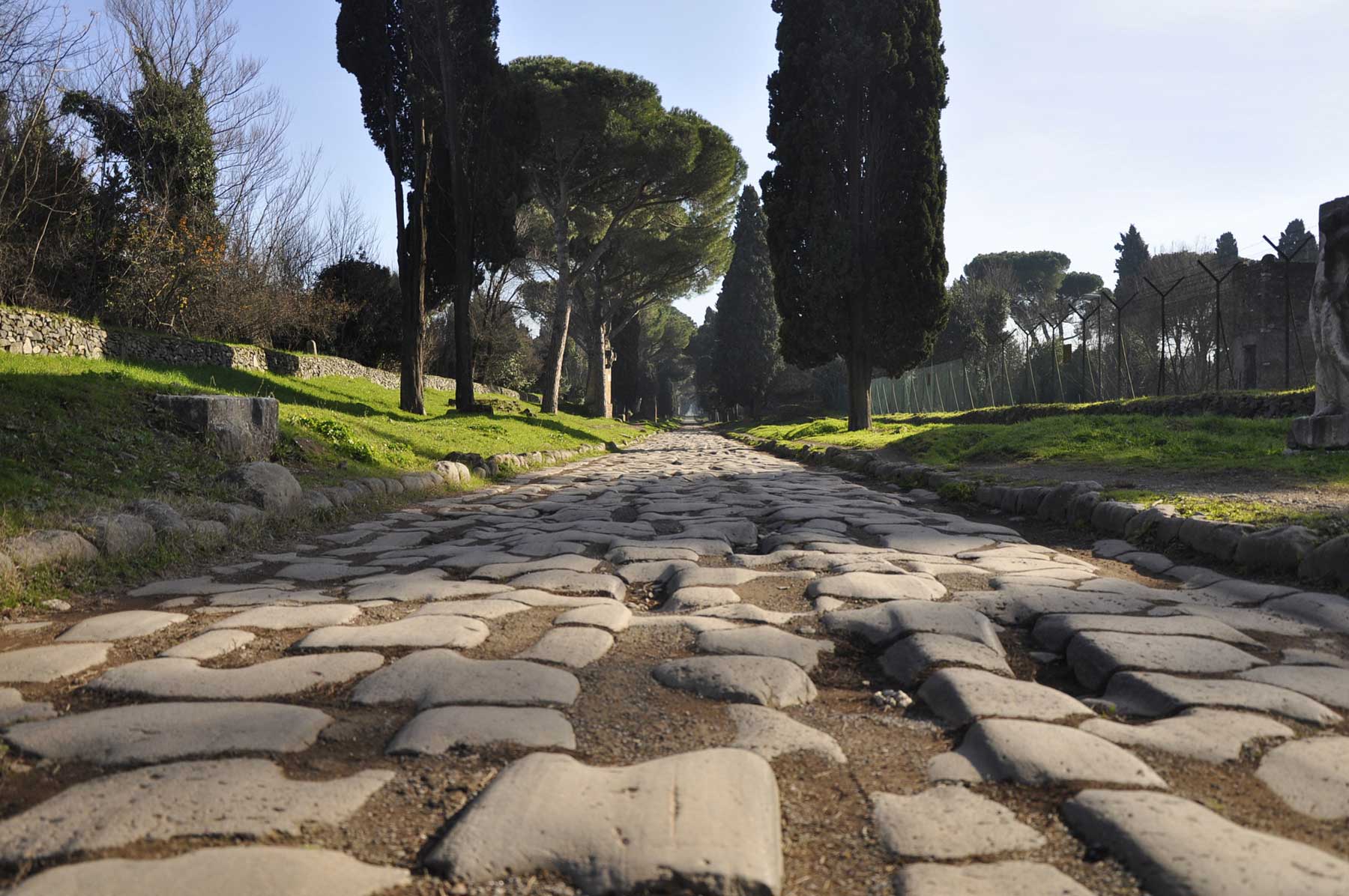
Mapping the Via Appia Archaeology Wiki
The History Of Via Appia Antica. The Appian Way was the Roman Republic's earliest and most strategically important road. Connecting Rome, the center of power, with the southeastern coastal city of Brundisium (today's Brindisi) — a significant port to this day — and passing through many towns along the way such as Capua (near Naples), the road was integral to the development of the.

Via Appia queen of Roman roads « IMPERIUM ROMANUM
Named after consul Appius Claudius Caecus, who laid the first 90km (56 mile) section in 312 BCE, ancient Rome's regina viarum (queen of roads) was extended in 190 BCE to reach Brindisi.Via Appia Antica has long been one of Rome's most exclusive addresses, a beautiful cobbled thoroughfare flanked by grassy fields, Roman structures and towering pine trees.

The Via Appia The Queen of Roads Andante Travel
Scorecard. The Ancient Appian Way (Via Appia Antica) has a history that dates back to 312 B.C. and includes the site of Spartacus' execution (in 71 B.C.), the tomb of Caecilia Metella, and many a.

the Via Appia every road leads to Rome Rome, Road, Travel
The Appian Way ( Latin and Italian: Via Appia) is one of the earliest and strategically most important Roman roads of the ancient republic. It connected Rome to Brindisi, in southeast Italy. [1] Its importance is indicated by its common name, recorded by Statius, [2] [3] of Appia longarum. regina viarum ("the Appian Way, the queen of the long.

The Engineering Behind the Via Appia Engineering Rome
Join Walks Inside Rome's content guru, Alexander, as he cycles you down the Appian Way, sharing its legends, stories and secrets.Check out the tour: https://.
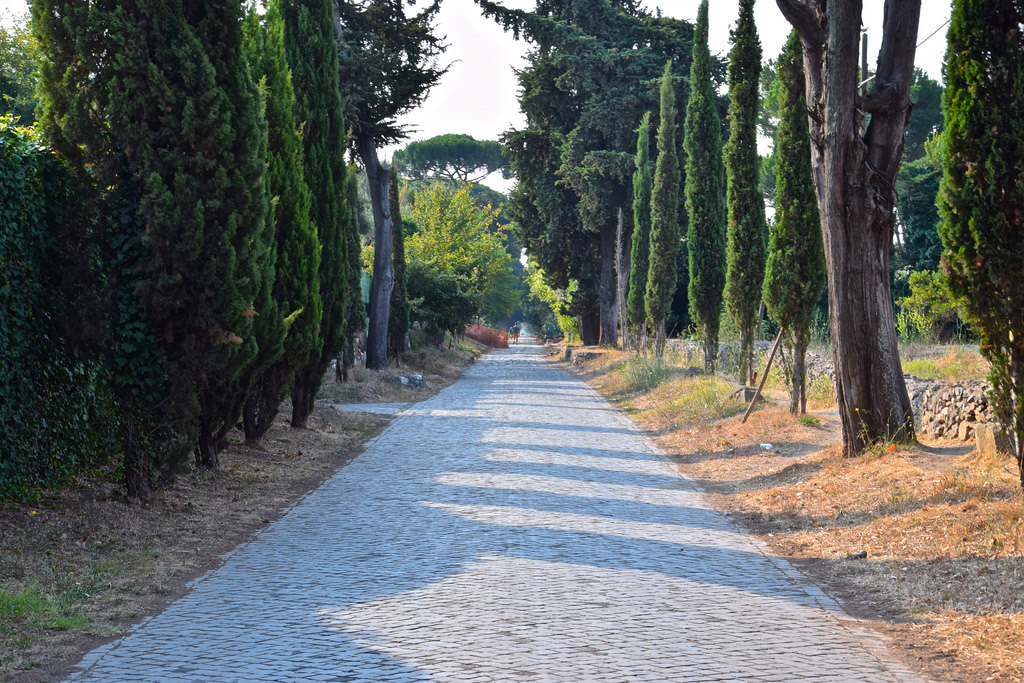
Via Appia à Rome, antique voie romaine conseils pour visiter la Via Appia
The Via Appia Antica or Appian Way is one of the oldest roads of Rome and served as an important access road into the city. Originally, the road ran all the way to Brundisium, present-day Brindisi in the heel of Italy. The cobbled road was named after consul Appius Claudius Caecus who commissioned its construction in 312 BCE.
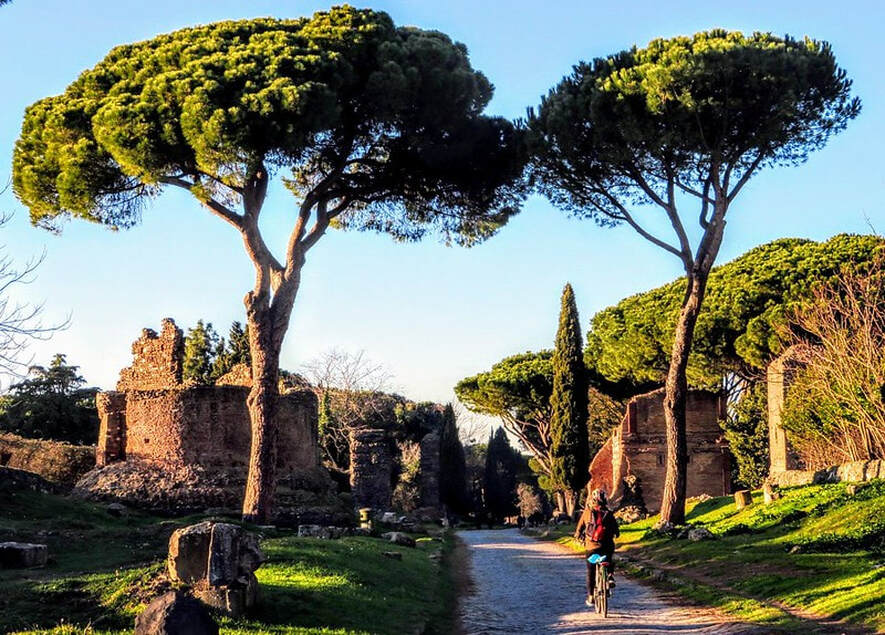
The Via Appia in Rome Walks in Rome (Est. 2001)
About Via Appia Antica. Via Appia Antica, also known as the Appian Way, is one of the oldest and most important roads leading to Rome. Built in 312 BC, it was slowly extended and, by 191 BC, it reached the port of Brindisi, over 550km southeast of the city (along the 'heel' of Italy). Thus, Via Appia Antica became a gateway to the east.
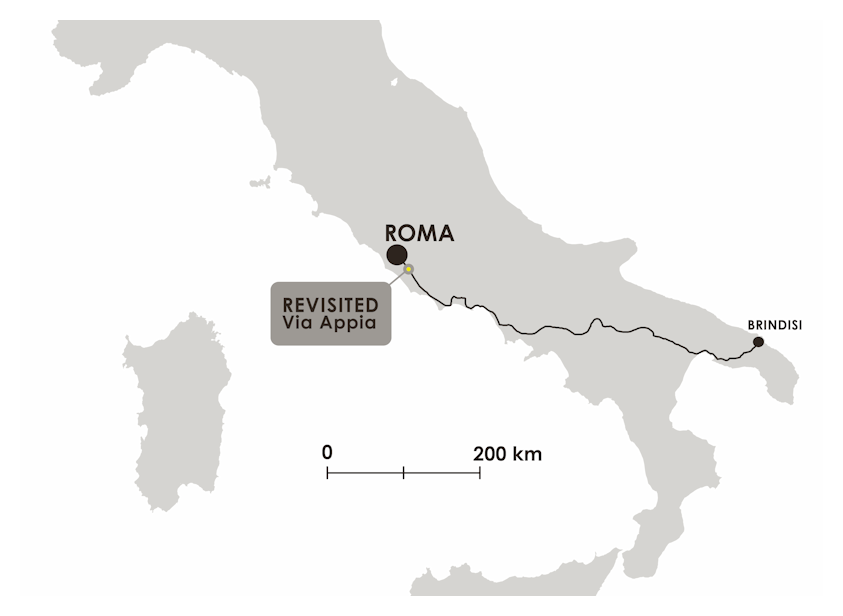
De Romeinse weg REVISITED Via Appia
The Appian Way (in Latin and Italian: Via Appia) was one of the ancient republic's first and strategically most important Roman roads. It connected Rome to Brindisi in southeast Italy. Its importance is indicated by its name. The poet Statius once wrote: "Appia longarum teritur regina viarum" or "The Appian Way is the queen of long roads." The road takes its name from Appius Claudius Caecus.
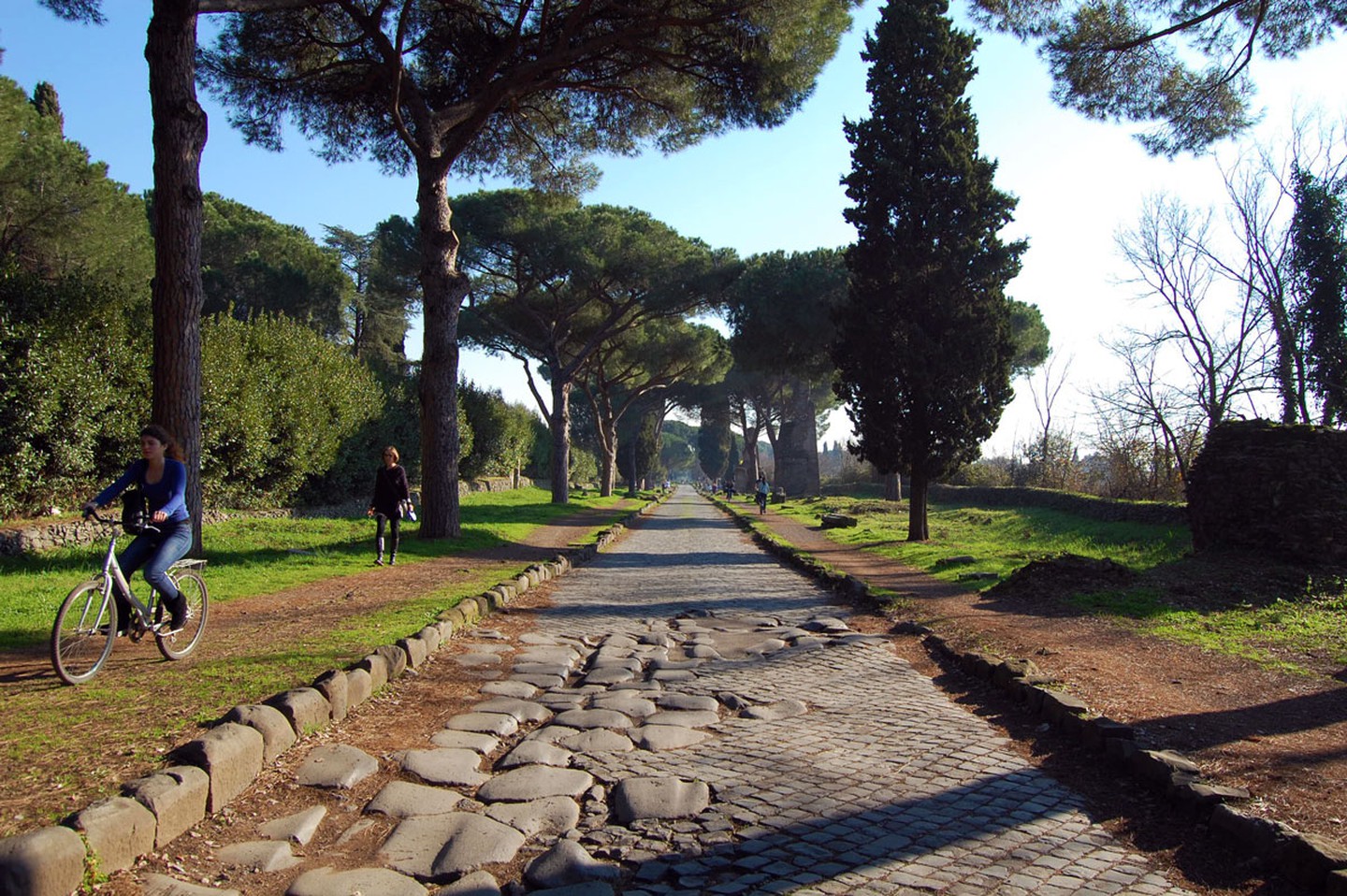
A Brief History Of Via Appia Antica, Rome's Oldest Road
The Appian Way, or Via Appia Antica in Rome, is one of the most famous ancient roads. It was built in 312 B.C. by Appius Claudius Caecus. In its entirety, it spanned 350 miles (563 km). The Appian Way stretched from the Roman Forum to modern-day Brindisi. Large stones made up the bulk of its construction, and softer gravel that was compacted.
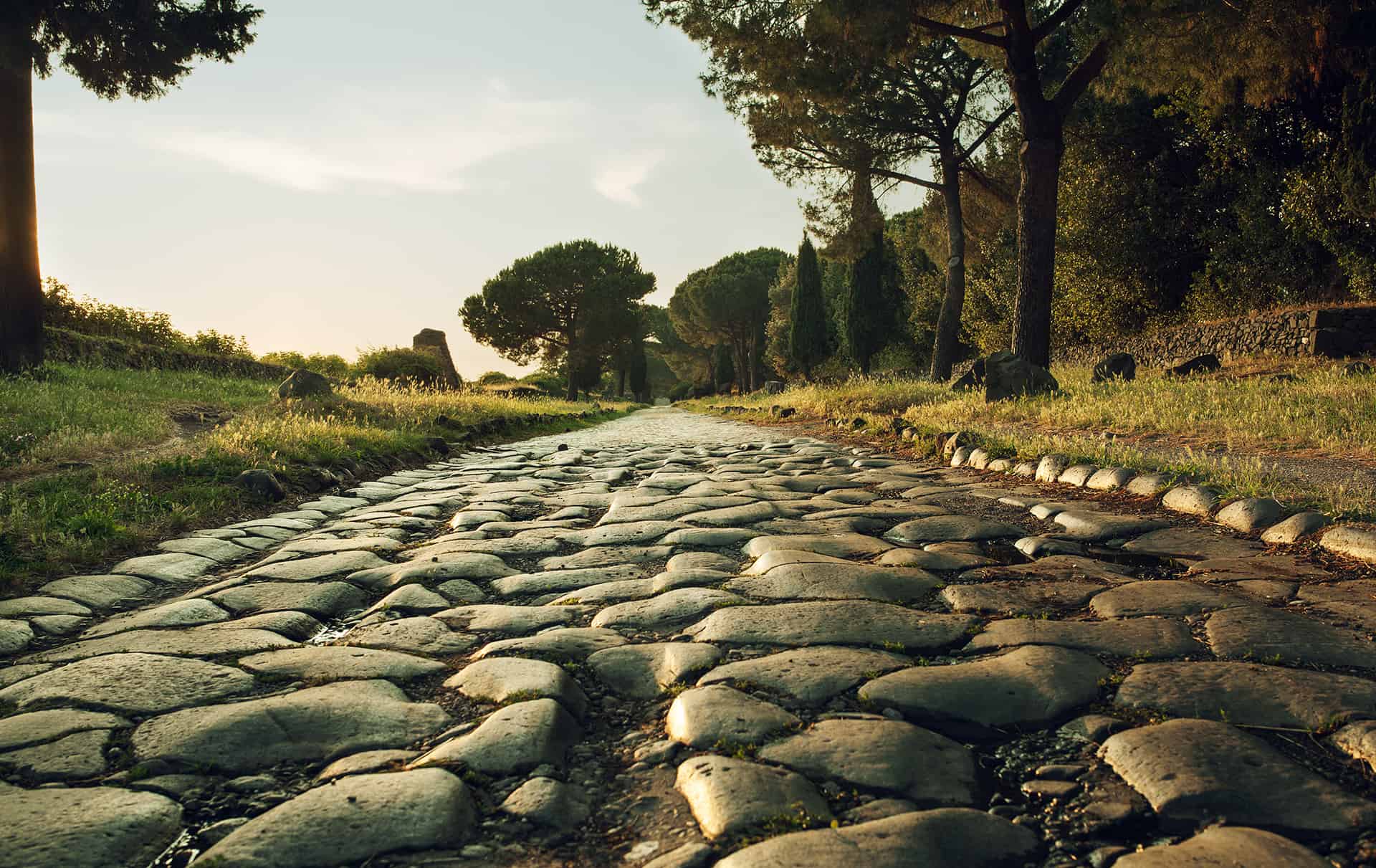
Via Appia à Rome mes conseils pour visiter l'antique voie romaine
The Appian Way or Via Appia Antica in Rome is an ancient road built in 312 B.C. by Appius Claudius Caecus. The city's gateway to the East connected Rome with Capua. It stretched from the Roman Forum 400 miles to Brindisi, where ships sailed to Egypt and Greece, and it served as a military and economic artery.
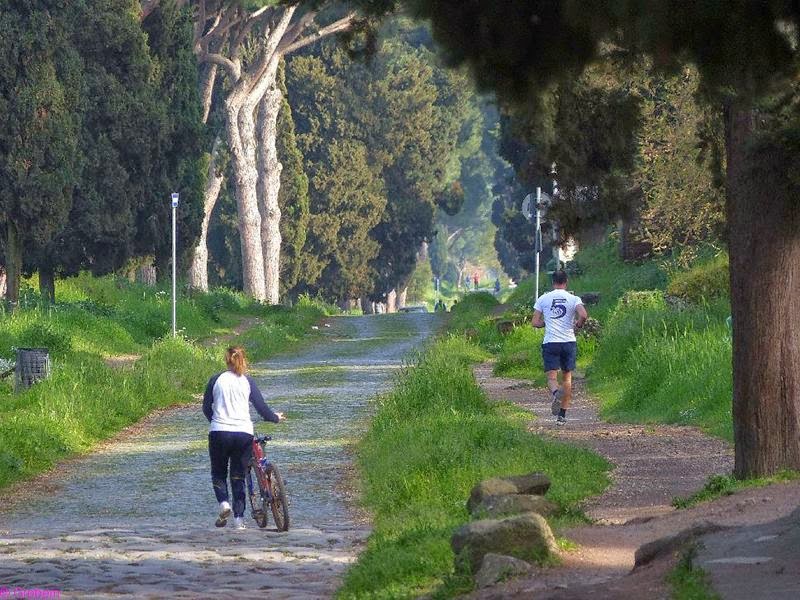
The Appian Way Via Appia, Italy
Rome needed a new way to fight the Samnites to end the war and redeem their humiliating surrender. The answer to this problem came around the year 312 BC from a censor named Appius Claudius Caecus. Appius Claudius Caecus.. Figure 2: Map of the entire Via Appia ("Via Appia Map", 2009).